Anatomy of a Log
Understanding Wood Anatomy Helps You Get the Best Lumber
![]() By Joshua Farnsworth | Published 07 June, 2023
By Joshua Farnsworth | Published 07 June, 2023
Anatomy of a Log
![]() By Joshua Farnsworth | Published 07 June, 2023
By Joshua Farnsworth | Published 07 June, 2023
Understanding the Anatomy of a Log
In the above video, renowned Windsor Chair maker, Elia Bizzarri, explains the different parts of a log, in order to help woodworkers understand how to get the best lumber possible when splitting a log. In this video and article about the anatomy of a log, we will be using deciduous trees that are “Ring Porous” (distinct difference between the early wood and late wood), as opposed to Diffuse-porous or Semi-Diffuse porous. Read this Penn State University article if you want to know the difference.
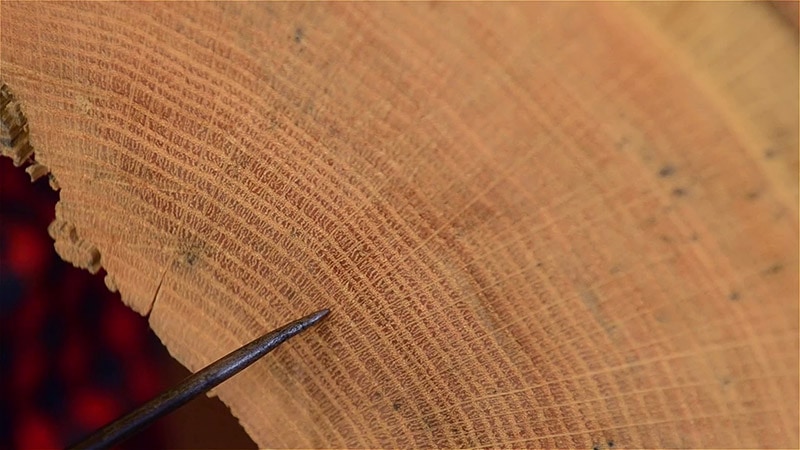
Below I’ll define the different parts of the log that Elia referred to, which you can see on this cross section:
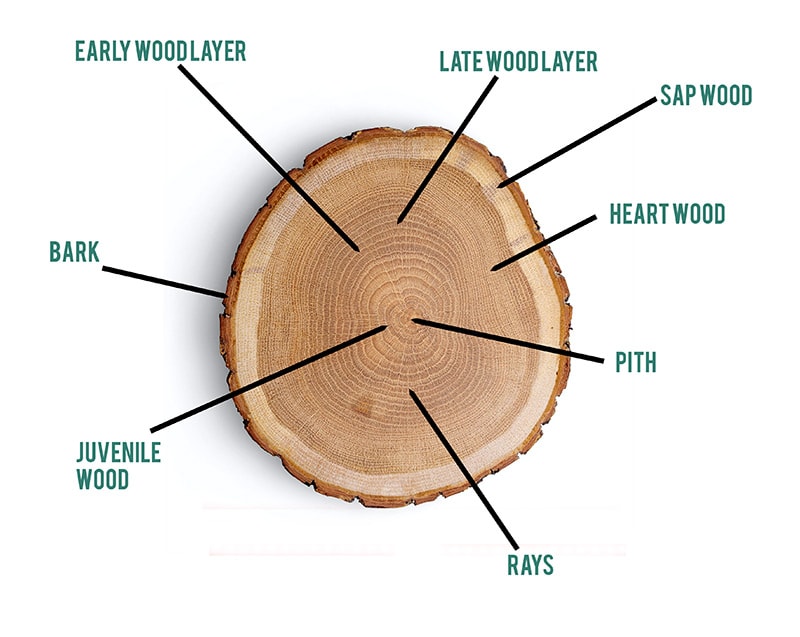
Tree Bark:
The tree bark is the outer layer that protects the tree’s interior anatomy.
Sapwood:
The sap wood is the layer of living cells that grow just below the bark layer. Sap wood is usually lighter in color than the heart wood, and it is vulnerable to insect infestation and rot. Most woodworkers don’t use sap wood for furniture making.
Heartwood:
The heartwood comprises the dead, interior tree cells that produce the hard part of the tree that provides structure and strength. Heartwood is more resistant to insect infestation, and is typically the hard part of the tree used for furniture making.
Pith:
The pith is the very center of the log, where the tree began growing. It is unstable, and if left in the board will lead to more movement, which is undesirable for making furniture.
Juvenile Wood:
Juvenile wood is the layers of the center of the log that were formed around the pith in the first few years of growth. Juvenile wood is typically less stable and is also less desirable for many furniture making applications.
Early wood layer:
Within the “rings” of the wood, the early wood layer is usually the lighter ring bands that have distinct pores. This layer grows in the spring after the tree comes out of hibernation. Early wood layers are more-or-less the same width.
Late wood layer:
Late wood layers are the denser ring layers, which are usually darker in color. The faster the tree grows (from more favorable weather) the wider the late wood layers are. wider late wood layers lead to a stronger tree and lumber. Fast growing trees are preferred for furniture parts that require more strength (like Windsor Chair parts).
Rays:
The silver, straight bands that run from the bark of the tree to the pith. The rays run horizontally in the tree. The rays constrict the wood movement within that plane. Wood moves half as much in the ray plane as it does in the tangential plane. This is why quartersawn boards are more stable (move less) than flat sawn boards. The rays also provide planes of weakness, which makes the log easier to split in wood species that have rays. The naturally-occurring splits are typically along the rays, and logs should be split along these ray lines.
More about Elia Bizzarri

Elia Bizzarri is a world-renowned Windsor Chair maker who is featured in our video: “Build a Traditional Windsor Rocker with Elia Bizzarri”, which you can buy here.
Elia’s chair making workshop is in rural North Carolina. You can watch our video tour of Elia’s shop here.
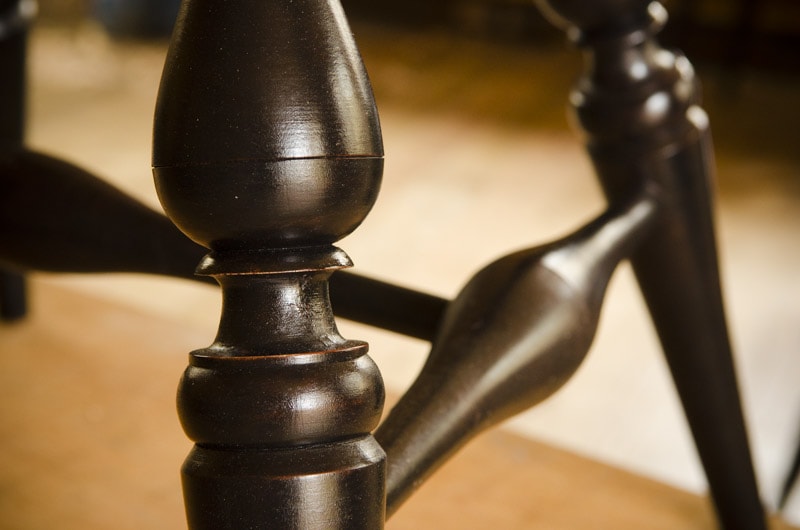

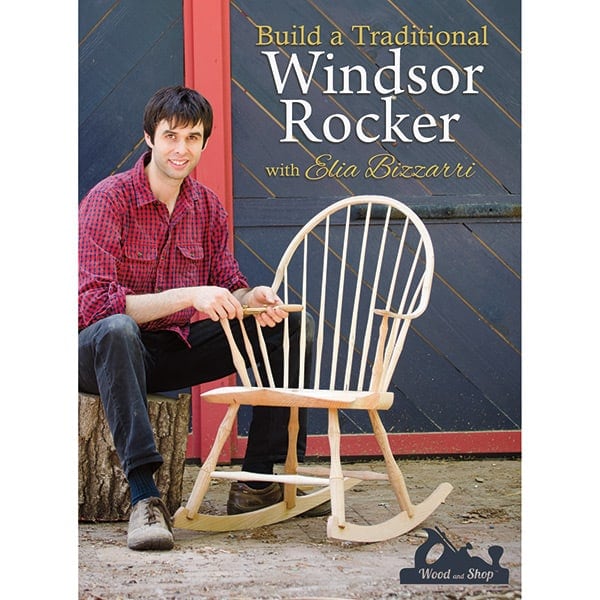
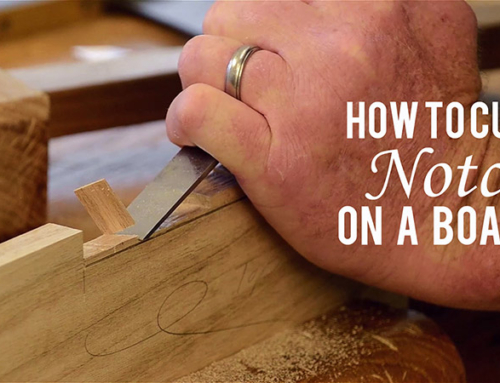

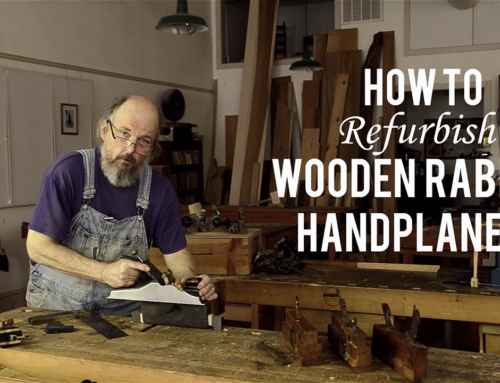
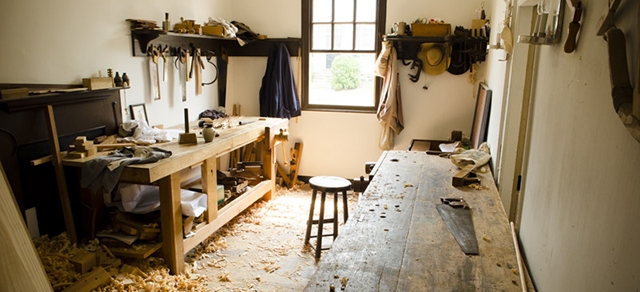
I have a high boy that has the same shell carved fan as in your video. I am trying to identify the region where this style originated.